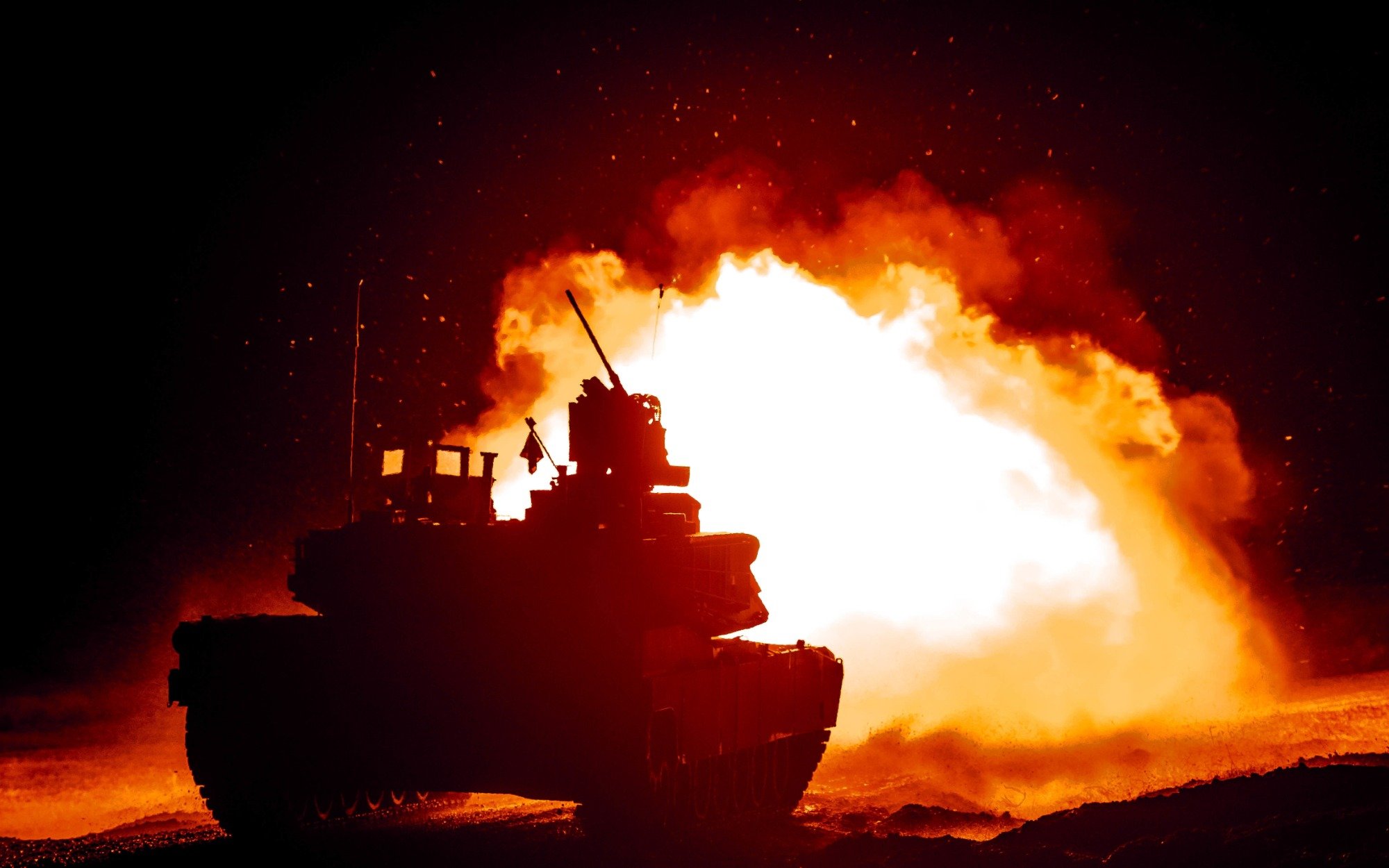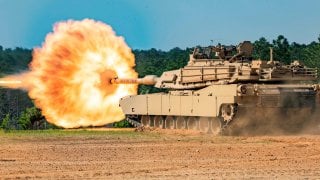Russia and America: Headed Towards War over Ukraine?
It is increasingly unlikely that the U.S. – or perhaps more accurately, NATO – will become involved in the fight unless Russia takes some course of unforeseeable action.
On Tuesday, the United States Senate failed to approve a supplemental aid package to Ukraine, which President Joe Biden said was a "gift" to Russian President Vladimir Putin.
"They're willing to literally kneecap Ukraine on the battlefield and damage our national security in the process," Biden said.
GOP lawmakers have made clear that they'd be unwilling to provide further funding for Ukraine until the White House addresses the crisis at the southern border. In addition, Republicans have called for accountability on the money already sent.
"The Biden administration has failed to substantively address any of my conference's legitimate concerns about the lack of a clear strategy in Ukraine, a path to resolving the conflict, or a plan for adequately ensuring accountability for aid provided by American taxpayers," Speaker of the House Mike Johnson (R-Louisiana) said in a statement earlier in the week.
It has been more than 21 months since Russia launched its unprovoked invasion of Ukraine, and while Western aid has proven crucial in helping Kyiv hold its own, the long-planned Ukrainian counteroffensive that began in June has largely failed to make significant progress.
GOP lawmakers have signaled that they are unwilling to support further aid if an end-game isn't made clear.
"Part of winning approval from Congressional doubters on Ukraine is to present a viable strategy for ending the war that amounts to more than Biden's vague 'as long as it takes' approach. Biden has not done that," George Beebe, director of Grand Strategy at the Quincy Institute told Responsible Statecraft. "He is not proposing any shift in America's strategy to account for the failure of Ukraine's counteroffensive to break through Russian defenses. Ukraine is simply not going to be able to drive all Russian forces off all Ukrainian land."
A NATO Proxy War?
Though Kyiv's counteroffensive failed to drive out Russia, Ukrainian forces have still liberated an estimated 74,661 square kilometers (28,826 square miles). Russia currently occupies about 108,121 square kilometers as of December 6, 2023 – including Crimea, which Moscow illegally annexed in 2014.
Earlier this month, NATO Secretary-General Jens Stoltenberg warned that the Western military alliance should be ready for bad news from the Ukrainian front – and called for the members to "support Ukraine in both good and bad times," while suggesting that the coming winter could be among those bad times for Kyiv.
Moscow has been boosting its troop levels, while since last summer NATO has been preparing for a direct conflict with Russia – something that has been seen as unthinkable since the end of the Cold War. To avoid such a war, Stoltenberg has called for more aid to be provided to Kyiv to continue the fight.
"The more we support Ukraine, the faster the war will end," the NATO chief added.
However, Russia has taken the argument that it is Western aid that is dragging out the conflict and that the goal of NATO isn't simply to help Kyiv but to see Russia wiped from the map.
"The events in Ukraine are not a clash between Moscow and Kyiv – this is a military confrontation between Russia and NATO, and above all the United States and Britain," Russian Security Council Secretary Nikolai Patrushev said last January. "The Westerners' plans are to continue to pull Russia apart, and eventually just erase it from the political map of the world."
Without the U.S. Aid Kyiv Can Hold Out, But Can't Win
Even if the U.S. aid doesn't materialize, Kyiv will still likely receive support from other partners, and that could be enough for Ukraine to hold out against Russia for a while. How long is the unknown variable, but what is certain is that it is unlikely to be able to win the war and drive out the Russians.
A victory in Ukraine – even if it just means gaining some territory – will allow Putin to save face, retain the support of his people, and, more importantly, give the Kremlin time to recover.
Could the U.S. Become Involved Directly?
It is increasingly unlikely that the U.S. – or perhaps more accurately NATO – will become involved in the fight unless Russia takes some course of unforeseeable action.
Perhaps it is possible that Russia would call for additional territorial demands from Ukraine – or attempts to annex the entirety of the nation. In such a situation, it is possible that it could result in greater U.S. involvement.
However, the greater likelihood of direct confrontation between the U.S. and Russia could begin not in Ukraine, but in Syria – where each has forces supporting different factions. Russian aircraft have acted aggressively, and it is possible that a small incident could quickly escalate.

That in turn led to U.S. and NATO presence in Ukraine, but given the political climate in Washington, it would appear that any saber rattling is coming from Russia's direction. This could be where the White House is right, to ensure that the U.S. doesn't find itself in a war with Russia may be ensuring that the Kremlin loses the war it is already fighting.
Author Experience and Expertise
Peter Suciu is a Michigan-based writer. He has contributed to more than four dozen magazines, newspapers, and websites with over 3,200 published pieces over a twenty-year career in journalism. He regularly writes about military hardware, firearms history, cybersecurity, politics, and international affairs. Peter is also a Contributing Writer for Forbes and Clearance Jobs. You can follow him on Twitter: @PeterSuciu.
All images are Creative Commons.


